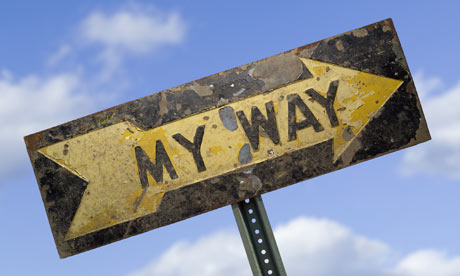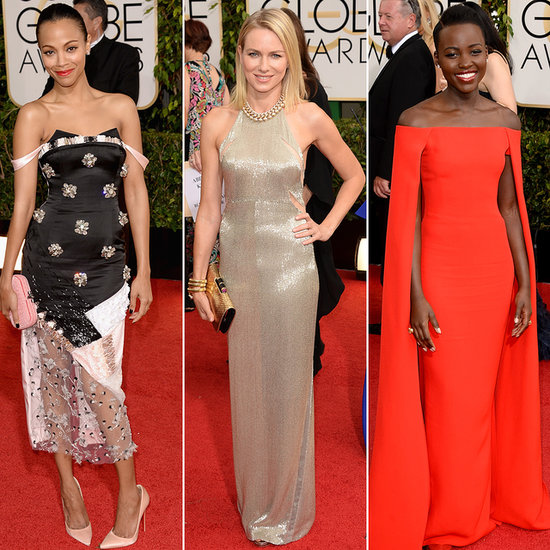Join the Club!
Fill out the contact form below and we’ll get you a free exercise tracker!

In case you’re noodling over my semi-bizarre title, let me just say this. Frank “did it his way”. And when it comes to exercise, I’d like to invite you to do it your way.
I was inspired to write this after reading a great post by a young exercise guru named Ryan DeBell. In his post, he talks about some of the anatomical differences in the hip region that can have a dramatic difference in the way we squat. If you aren’t too squeamish when it comes to looking at human bones, I’d like to encourage you to hop on over to the article. Because those pictures of bones tell a story that is very interesting.
The pictures feature the bones of the hip, showing us the socket part of the joint on the pelvis (called the acetabulum) and the ball part of the joint on the head of the long bone of the leg (called the femur). When the pictures are compared, side by side, it is clear that there is a LOT of anatomical variety. The angle of the ball part of the joint differs widely from one person to another. The length of the ball part of the joint is different. The position of the socket part of the pelvis is very different from one picture to another.
From this picture, Ryan extrapolates that these bodies would perform the “squat” in ways that are very different from one another. He posits that one person would be more comfortable in a wide stance and another would be more comfortable in a narrow stance. And he suggests that this difference is likely to continue expressing itself, even after a fair amount of exercise in both strengthening and increasing range of motion in the hip joint.
It’s also fascinating to me that Ryan followed up his blog post with a brief video. Here it is:
[youtube=http://www.youtube.com/watch?v=ok632qiSP1g&w=560&h=315] Basically what the video says is (and I’m paraphrasing): “Yeah helpful commenters, I didn’t say that because hips are different people should stop working on their hips. And no I don’t have reams of incontrovertible evidence detailing the exact range of human hip diversity. But what I am saying is that even if you exercise a lot, people are still going to be different. ”And the end of the video is so awesome, I’ll quote it here:
“Keep doing it so you can be the best version of you in your movement.”
Okay, I want to give this guy cyberhugs. Seriously. Because what he says makes so much sense not only in the context of exercise, but also in terms of body diversity in general. It should be obvious, right? We don’t all look the same. Some of us are tall and some of us are short. Some of us are designed to be weight lifters and some of us are designed to sprint and some of us are going to run long distances like marathons and ultramarathons like a freakin’ gazelle. Some of us are designed with a great deal of musical talent. Others of us can’t carry a tune in a barrel. Does suggest that the sprinters can’t do marathons or that the non-singers should just mouth “Happy Birthday to You” at the next family gathering? No it does not. However it does suggest that the sprinter’s body is likely to respond to 26.2 miles in a way that is very different from the gazelle. It means that the non-singer is going to have a much different experience learning to sing opera than the kid who rolled out of bed at age 18 with a high “C” and perfect pitch.
And speaking of singing, there is so much diversity in music, and in many ways it seems more accepted. I am a soprano. I can sing the same notes as many altos and even some tenors. But no matter how much I train my voice to extend my range, I will not be an alto or a tenor. The quality of my voice will not match those voice types. And the more I try to train my voice to artificially create a sound that is not right for me, the more fatigued and frustrated I will become. And if I train against the natural tendencies of my voice long enough and hard enough, I am likely to experience pain, injury and possibly even permanent damage. Does that mean I stop working to extend my range? Of course not! But it does mean that I need to progress in a way that is in harmony with my anatomy and my abilities.

You know, as I watched the Golden Globes last night, I found a number of things really striking. One thing I noticed was how tall most of the women were. And another thing I noticed was how similar all the women looked to one another. There were a few striking and glorious examples of body diversity, but the vast majority of the women at that show could have easily swapped couture gowns with one another. And I think this is one of the main dangers of consuming media in our culture. It makes us lose touch with how much natural diversity there is in bodies. It gives many of us the sense that our bodies are all wrong because everybody we see on TV and in the magazines either look the same naturally, or are photoshopped into uniformity. But if we look outside of media, if we look in the real world, I think there is a beautiful and astonishing level of difference.
So how do we bring this back around to our title? How do we relate this to Frank Sinatra? My dear friend, I think it means you need to do exercise YOUR way. By all means enlist the help of a personal trainer or exercise teacher. By all means build your strength and extend your range of motion. But while you are doing this, please listen to YOUR body. Don’t assume that there is only one way to strengthen or increase flexibility in any part of your body. Don’t even assume that there is only one right way to do a particular sort of exercise. And when your body says, “OW it hurts when I do that in that way,” follow your Mom’s sage advice and don’t do that. Just focus, as Ryan says, on being the best version of YOU.
Love, Jeanette DePatie (AKA The Fat Chick)
P.S. One of the things that is so exciting about the Fit Fatties Virtual Events project I co-created with Ragen Chastain (besides how cool it is to do anything with Ragen Chastain) is watching how different bodies respond to the very different challenges offered in the program. Rather than asking everybody to do a 5K or a triathlon, we are encouraging people to explore a wide range of activities and pick a few that feel great to them. We are still offering early bird special pricing so I urge you to go check it out!
2 Comments. Leave new
I am not much of a runner, but I am running. I doubt I’ll ever be one of those folks knocking out 10-minute miles. More of a slow and steady person. I can ride a bicycle all day because it keeps me at a lower intensity. The interesting thing to me was that I could never bring myself to do weights or jog when I was “supposed” to. So I gave myself blanket permission to walk, bicycle and ski instead of doing the things that I felt like I was being told to do for their benefits. Guess what? The more I did the activities I liked, the more I was drawn to the benefits of the ones I had been more hesitant about. I am now visiting the weight room and jogging on a treadmill on a regular basis — and enjoying it. Activity begets activity.
Still don’t like to swim or do yoga. I’ve given myself a pass on doing either of those.
Yup. It makes so much sense to do what you like! Once we tell ourselves that we need to do this or that no matter what, our inner two-year-olds come out and BAM! Resistance. So glad you’re finding your fitness groove!